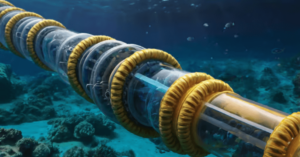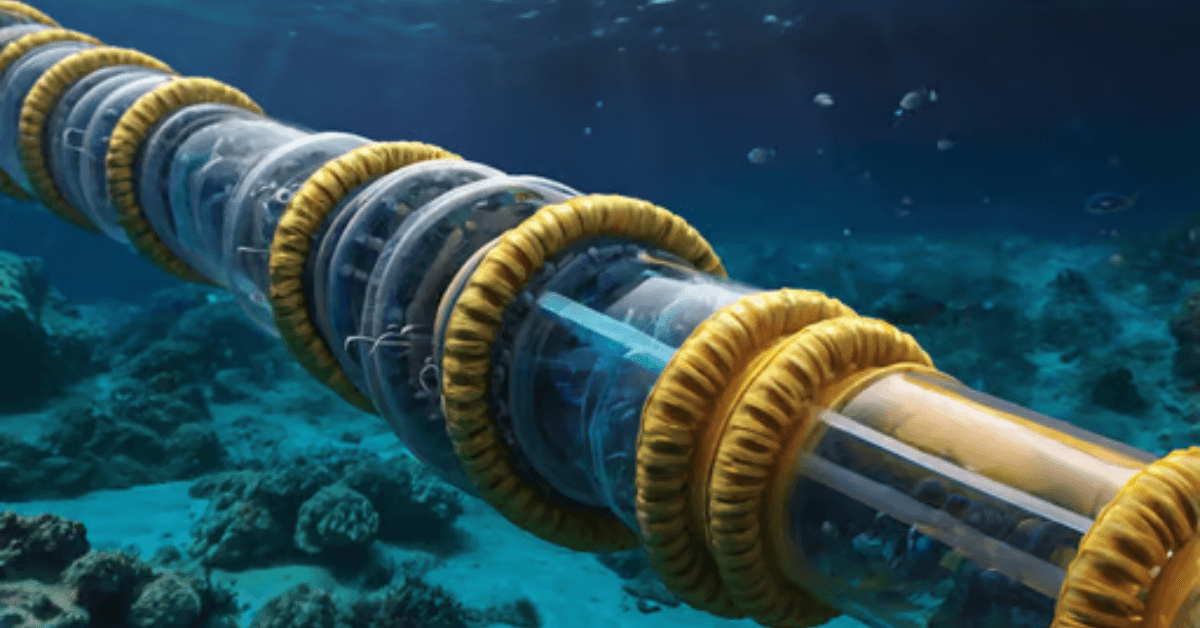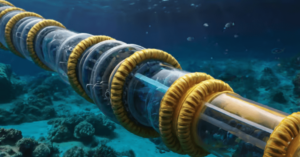
Panama Rejects U.S. Claim Of Free Canal Passage, Calls It “Intolerable & False”
February 7, 2025
Ship On Autopilot Crashes Into Moselle River Lock Gate, Leaves 70 Vessels Stranded
February 7, 2025

Windward, a leading Maritime AI company, has introduced a first-of-its-kind Critical Maritime Infrastructure Protection solution designed to protect essential undersea infrastructure, including data cables, pipelines and offshore rigs, from growing threats.
The company’s AI-powered platform provides real-time detection and risk mitigation to prevent disruptions before they happen. It combines behavioural pattern detection, historical data analysis, and live monitoring alerts to track suspicious activity at sea.
The system has been deployed for a wide range of stakeholders, including governments, intelligence agencies, telecommunication firms, and energy companies, enabling them to strengthen security around critical maritime infrastructure.
Recent years have seen a rise in incidents affecting undersea infrastructure. Attacks on submarine cables and oil pipelines have disrupted global data networks and energy supplies.
According to a threat analysis by Insikt Group, over 100 subsea cable faults occur annually, with many of them suspected to be intentional.
Some of the major incidents are:
Damage to undersea cables in the Baltic Sea and Taiwan, suspected to be caused by hostile activity.
The 2022 Nord Stream pipeline explosion, severely impacted energy supplies to Europe.
Sabotage of oil pipelines, highlighting the need for stronger surveillance of energy infrastructure.
Subsea infrastructure forms the backbone of global connectivity with deep-sea cables transmitting 95% of international data and pipelines transporting natural gas and crude oil across continents, any disruption can have serious economic and geopolitical consequences.
Windward’s Critical Maritime Infrastructure Protection system addresses these primary threats:
Deep-sea research operations- Monitoring high-risk vessels conducting suspicious activities in remote waters.
Shallow-water sabotage- Detecting shadow fleet movements near vital infrastructure.
Attacks on offshore rigs and platforms- Identification of potential threats to oil and gas installations.
The AI system analyses historical data, behavioural patterns, and real-time movements to flag potential risks. It continuously monitors maritime activities and provides predictive analytics with live alerts, helping organisations respond proactively.
The solution also integrates Dataminr’s real-time intelligence feed, enhancing situational awareness.
For government agencies, including defence and intelligence organisations, navies, and coast guards, the platform delivers real-time tracking of high-risk areas, threat detection, and post-incident investigation tools.
Leveraging proprietary data layers, risk models, and advanced analytics, helps in identifying and mitigating hostile activities.
Private sector stakeholders, like telecom companies, oil and gas operators, and tech firms managing subsea assets, can integrate their data into the system. This allows them to set custom risk parameters and receive alerts specific to their infrastructure, whether above or below the water.
Windward’s Co-Founder and CEO, Ami Daniel, discussed the urgency of protecting subsea infrastructure, stating that the growing risks-whether intentional or accidental-highlights the need for advanced monitoring.
The economic and geopolitical consequences of infrastructure sabotage are significant, affecting national security, business operations, and global connectivity.
Reference: Windward
Source: Maritime Shipping News


